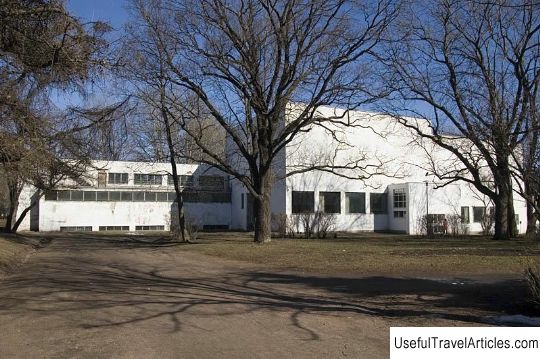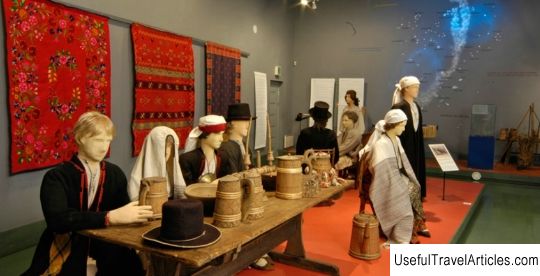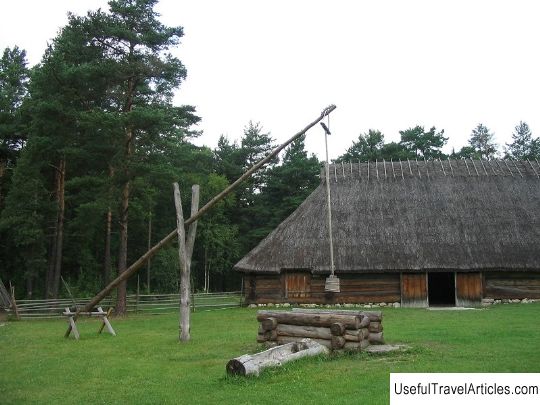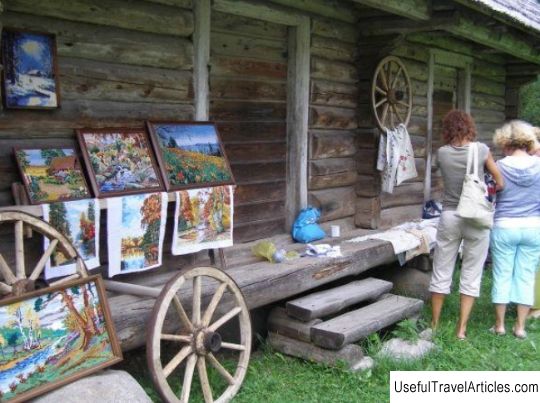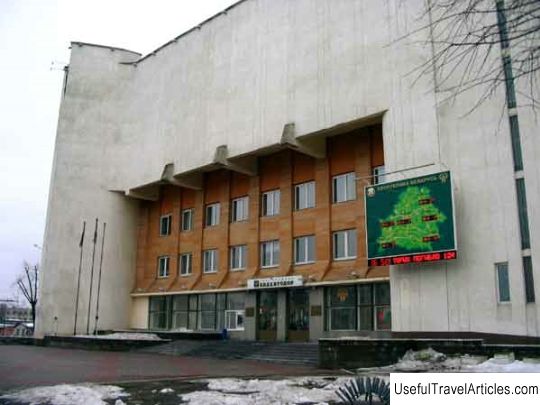Estonian Road Museum (Eesti Maanteemuuseum Varbuse) description and photos - Estonia: Polva
Rating: 7,5/10 (100 votes) 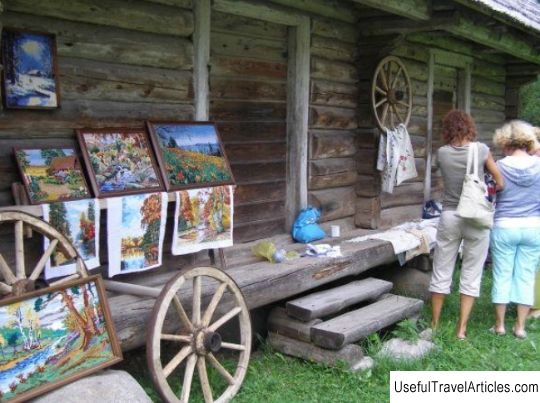
Estonian Road Museum (Eesti Maanteemuuseum Varbuse) description and photos - Estonia: Polva. Detailed information about the attraction. Description, photographs and a map showing the nearest significant objects. The title in English is Eesti Maanteemuuseum Varbuse. Photo and descriptionThe Estonian Road Museum is a specialized museum created to introduce the history of roads not only from a scientific and educational point of view, but also from an entertainment point of view. The museum was founded by the Department of Roads. The road, which is an important part of civilization, is so familiar to us that we think about it no more than about the air we breathe. The legendary road builder Aadu Lass was the first to suggest the idea of creating a road museum. The establishment of this institution began in the late 1990s. The place of the future museum was the Varbuse post station, built in 1863. There used to be a stable for 33 horses at the Varbuse post station, and there was a regular postal service between Tartu and Voru. The post station complex is an architectural monument and is under state protection. It consists of 5 cobblestone and red brick buildings. So, the museum includes the main building and the carriage shed, renovated in 2001, the stable was renovated in 2004, and in 2005 the smithy and the dwelling for coachmen and saddlers were restored. All of these buildings are connected by a stone wall, thus forming an inner courtyard. The hangar, built in 2003, contains the cars that drove along the roads of Estonia, as well as the equipment with which these roads were laid. The first step towards the creation of the museum was the approval of the museum council. The Council first met on December 15, 2000. This date is considered to be the birthday of the road museum. Thanks to the efforts of the first head of the museum, Marge Rennit, the institution was opened on June 6, 2005. On the territory of the former post station, you can ride on a unique postal carriage drawn by 2 beautiful horses. Thus, you will get an idea of u200b u200bthe feelings of the heroes of old adventure books and films in those days when mail carriages were the main means of transportation. The shaking and bumping in the carriage, of course, is difficult to compare with driving in a comfortable modern car, but it is definitely worth taking part in this little trip. On the territory of the museum there is a section of the road, passing along which you can plunge into different eras. The road starts from the gati (wooden flooring through a flooded area or swamp) and ends with asphalt. Along the sides of the road you will be guided by the changing living environment of centuries past. The Estonian Road Museum has recreated a replica of a gas station and petrol stations from the 1960s, which will surely make you feel nostalgic. In addition, there is an apparatus for soda water next to the door of the gas station. It will be interesting for both adults and children to visit the mini-town. It is driven by electric cars that resemble real cars. Moreover, not only children, but also adults can ride it. The most daring can try a ride on a historic large-wheeled bike. There is also a bus around the museum that was made in 1943 and got here as a trophy at the end of World War II. A refurbished, serviceable bus drives everyone along the Postal Route. On the day of the post station, i.e. May 28, a holiday is held annually, which collects a large number of old cars. Family Day is held in June, when children and their parents can improve their knowledge of road traffic. For seminars, a training classroom for 32 places has been equipped. In addition, for those wishing to stay here for the night, a guest house for 8 places is provided. The tea room Varbuse offers an opportunity to refresh yourself. You can unpack your takeout basket at the picnic area.         We also recommend reading Christos Monastery description and photos - Greece: Paros Island Topic: Estonian Road Museum (Eesti Maanteemuuseum Varbuse) description and photos - Estonia: Polva. |
